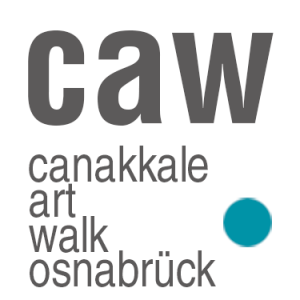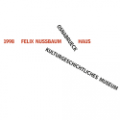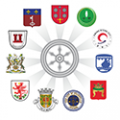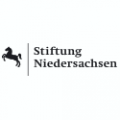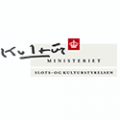Ahmet Kavas

The Carpet Covers the Earth
in der Kunsthalle
Ahmet Kavas was born in 1989 in Denizli/Turkey. He lives and works in Weimar/Germany.
Kavas’s practice ranges from temporary installations to performance, video, photo and drawing-painting.
He focuses on the population within society that does not fall into the majority and has researchs on similarities
of problems which different minority groups confront.
Artist reawakes in his art the customs and traditions which he faces.
Ahmet Kavas was born in 1989 in Denizli/Turkey. He lives and works in Weimar/Germany.
Kavas’s practice ranges from temporary installations to performance, video, photo and drawing-painting.
He focuses on the population within society that does not fall into the majority and has researchs on similarities
of problems which different minority groups confront.
Artist reawakes in his art the customs and traditions which he faces.
Kavas’ “The carpet covers the earth” includes a single canal video documentation and the red carpet itself stitched during the performance.
The red carpet, with its symbolic meaning of status and honour and more recently of fame and attention,
was placed outside Weimar’s Ausländerbehörde (Foreigners’ Registration Office).
The simple gesture was in itself a way to draw attention to a part of the civil administration too often in the headlines for the wrong reason.
By sawing onto it a series of red clothes donated by the local population, Kavas extends the significance of the work by engendering the act of sawing,
turning a symbol of power and exclusivity into a donation by-the-people-for-the-people.
Kavas’ “The carpet covers the earth” includes a single canal video documentation and the red carpet itself stitched during the performance.
The red carpet, with its symbolic meaning of status and honour and more recently of fame and attention,
was placed outside Weimar’s Ausländerbehörde (Foreigners’ Registration Office).
The simple gesture was in itself a way to draw attention to a part of the civil administration too often in the headlines for the wrong reason.
By sawing onto it a series of red clothes donated by the local population, Kavas extends the significance of the work by engendering the act of sawing,
turning a symbol of power and exclusivity into a donation by-the-people-for-the-people.
